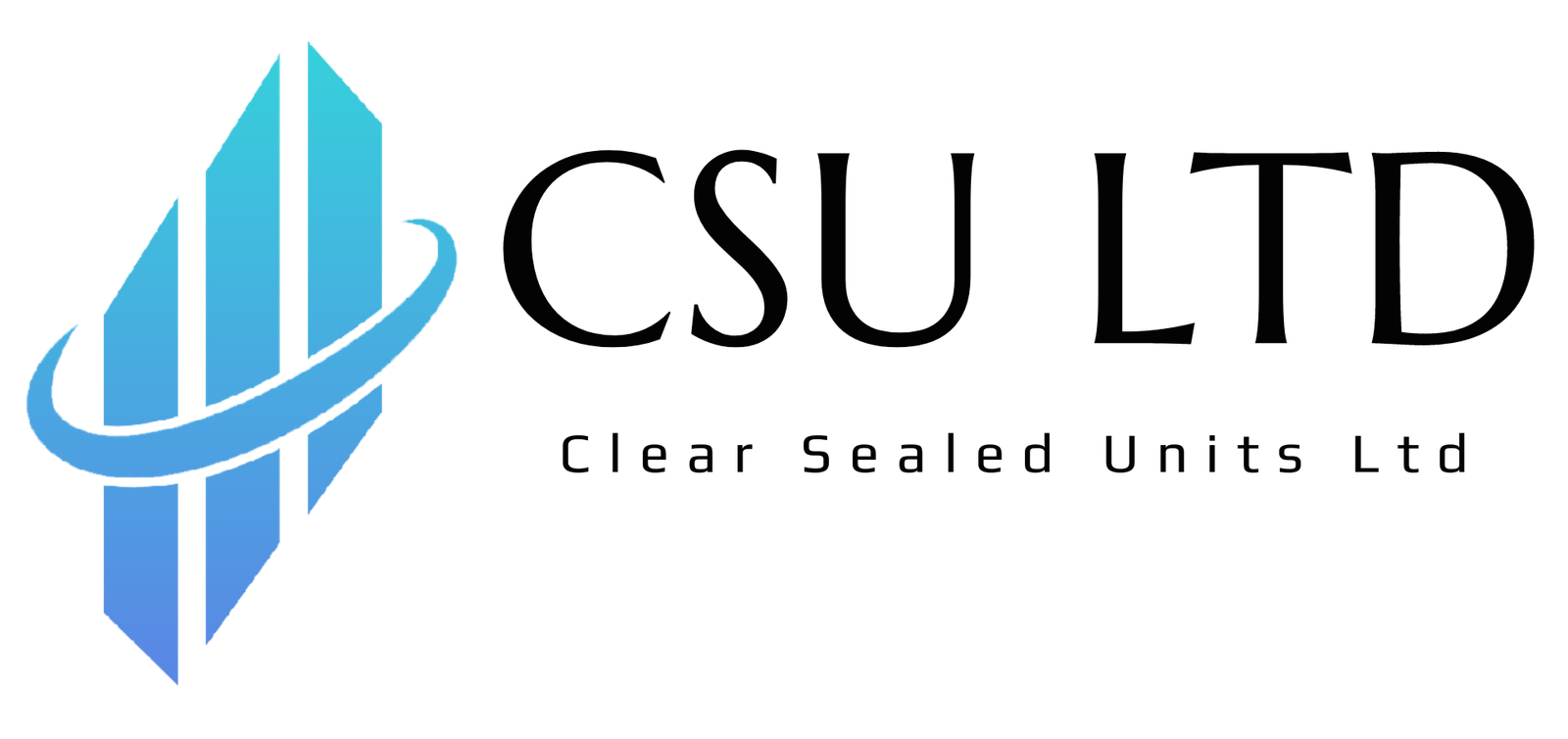Learn what access control is and how it can enable an organization to use relevant information and why it has become…
[ad_1]
Access control is a security technique used to manage and control who can access and use resources or services in a computer system or network. It ensures that only authorized individuals or entities are granted access while preventing unauthorized access.
Access control can be implemented through various mechanisms such as passwords, biometrics, smart cards, or access control lists (ACLs). Password-based access control involves users providing a unique identifier (username) and a secret password to gain access. Biometric access control uses physical or behavioral characteristics like fingerprints, iris scans, or voice recognition to authenticate users. Smart cards store a user’s access credentials and are used in combination with a card reader for authentication. ACLs are lists of permissions assigned to users or groups, determining what actions they can perform on resources.
There are two types of access control: physical access control and logical access control. Physical access control restricts physical access to specific areas or buildings using techniques like locks, keys, or access cards. Logical access control, on the other hand, governs access to computer systems, networks, or data by enforcing various security measures.
Access control is crucial in preventing unauthorized access, protecting sensitive information, maintaining data integrity, and ensuring compliance with regulatory standards. It also helps organizations manage user privileges, track user activities, and generate audit trails for security purposes.
Conclusion
Access control is an essential aspect of any security strategy, both for physical and logical environments. It enables organizations to protect their assets, systems, and data from unauthorized access, minimizing the risk of security breaches.
FAQs
1. Why is access control important?
Access control is important because it prevents unauthorized individuals or entities from gaining access to resources, systems, or data, preserving their confidentiality, integrity, and availability.
2. What are the different types of access control mechanisms?
There are various access control mechanisms, including password-based access control, biometric access control, smart card-based access control, and access control lists (ACLs).
3. What is the difference between physical and logical access control?
Physical access control restricts physical access to specific areas or buildings, while logical access control governs access to computer systems, networks, or data by enforcing security measures.
[ad_2]

00:01 Introduction to Data Security and Access Control
Introduction to Data Security and Access Control Evolution of Data Access Control
Evolution of Data Access Control The Challenge of Modern Data Access Control
The Challenge of Modern Data Access Control Benefits of Deep Access Control
Benefits of Deep Access Control Active Governance and Auditability
Active Governance and Auditability
– Data security involves more than just protecting against hackers; access control is crucial.
– Access control defines which data segments internal parties can access.
– Access control is vital for minimizing noise and isolating data effectively.
01:23
– 20 years ago, data was primarily consumed through business intelligence reporting applications.
– Centralization of data began with the wider adoption of data warehousing.
– Access control was mostly in the business intelligence layer during this period.
02:33
– Recent years have seen centralization of data due to cost-effective storage methods.
– Cloud data platforms enable scalable querying of centralized data, introducing more complexity.
– Large organizations require flexible access control for various tools and audiences, which can't be achieved solely in the business intelligence layer.
03:45
– Security should be integrated into the data architecture, not just in the data warehouse.
– Deep access control ensures consistency and flexibility, allowing any layer to access data.
– Loose coupling of components is essential for upgradability and interchangeability of analytics tools.
04:56
– Administrators must actively manage roles and grants for data segments.
– Cloud platforms can pose challenges for managing access control.
– Intricity has extensive experience in implementing access control in cloud data architectures for large organizations.
Made with HARPA AI
00:01 Introduction to Data Security and Access Control
Introduction to Data Security and Access Control Evolution of Access Control in Data Architecture
Evolution of Access Control in Data Architecture Shifting Access Control to the Data Lake
Shifting Access Control to the Data Lake Benefits of Deep Access Control
Benefits of Deep Access Control Additional Resources and Consultation
Additional Resources and Consultation
– The video starts with an introduction to the importance of data security and access control.
– Access control is defined as the process of determining what segments of data internal parties can access.
– Access control is vital for minimizing noise and ensuring data is relevant to the right parties.
01:10
– In the past, data access was primarily through business intelligence reporting applications.
– Access control was concentrated in the business intelligence layer.
– Centralization of data and the rise of cloud data platforms have changed the way access control is managed.
03:02
– Access control needs to be integrated into the data architecture, particularly in the data lake where core data resides.
– This approach ensures that all users can access data consistently, whether from the data warehouse or data lake.
– Loose coupling of components is essential for flexibility and scalability.
04:27
– Deep access control allows every user to access any data point without concerns about the querying tool.
– Achieving this requires active governance, auditability, and sustainable standards.
– The benefits of deep access control include improved data architecture and flexibility for business stakeholders.
04:56
– Intricity has extensive experience in implementing access control for large cloud data architectures.
– A white paper titled "How to Botch Your Snowflake Deployment in Three Easy Steps" addresses critical points related to access control.
– Viewers can access additional resources and consult with specialists regarding their specific situations.
Made with HARPA AI
Great
great